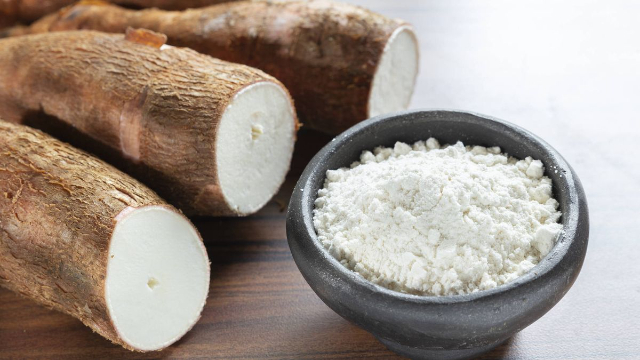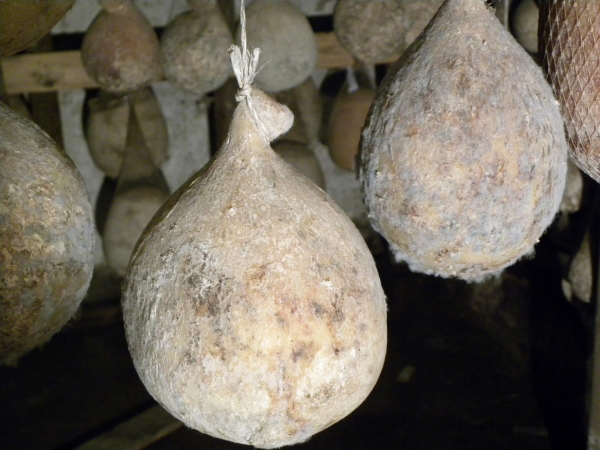The Round Costigliole Apricot is round and medium-sized. The skin is yellow-orange in color with reddish marbling. The flesh is yellow-orange, firm, sweet and with an intense aroma, very juicy. The tree is vigorous and open. The area of cultivation extends from the town of Busca to the town of Saluzzo in the province of Cuneo to a ‘height of 400 / 500 m above sea level.
The first documentation attesting to the history of apricot cultivation in the Saluzzo area is contained in the work of Giovanni Eandi who, in 1835, when compiling his "Statistics of the Province of Saluzzo", quantified the productivity of the fruit tree species cultivated at the time. He expressly mentions the apricot tree, distinguishing between ‘hill’ production (from 2 to 4 rubbies per plant) and ‘plain’ production (from 3 to 6 rubbies). "Our farmers paid assiduous attention to fruit trees, placed in the open ground, i.e. in the full wind, and mainly to the tastiest varieties of peaches and apricots (…) these plants were very numerous in the vineyards and on the high grounds". In a recent historical review (Nada Patrone, 1981), the author of "Il cibo del ricco e il cibo del povero" (Rich man’s food and poor man’s food) dates the presence of "Prugne, Susine, Brignoni and Crisomella" to the 14th and 15th centuries. Chrysomelas are probably apricots: this term is also used in botanical treatises of the last century. This is because of the golden-yellow colour they take on when fully ripe. They are also called "armeniache" from the scientific name of the apricot tree Prunus armeniaca L. Armenia is in fact one of the centres of secondary origin of the apricot tree, the country that introduced the apricot tree to ancient Rome. It is interesting to observe how the names of the apricot tree in the Neo-Latin languages derive from the Arabic "Al barqûq", starting from the Spanish "albercoque", Italian "Albicocco", French "Abricot", passed also to the Anglo-Saxons (English "apricot" and German "Aprikosen"). On the contrary, in Piedmontese, derived from the ancient medieval language of Oc of Neo-Latin origin, the term "armugnan", in its various dialectal variants, maintains with uninterrupted continuity the derivation from the Latin "armeniaca".













